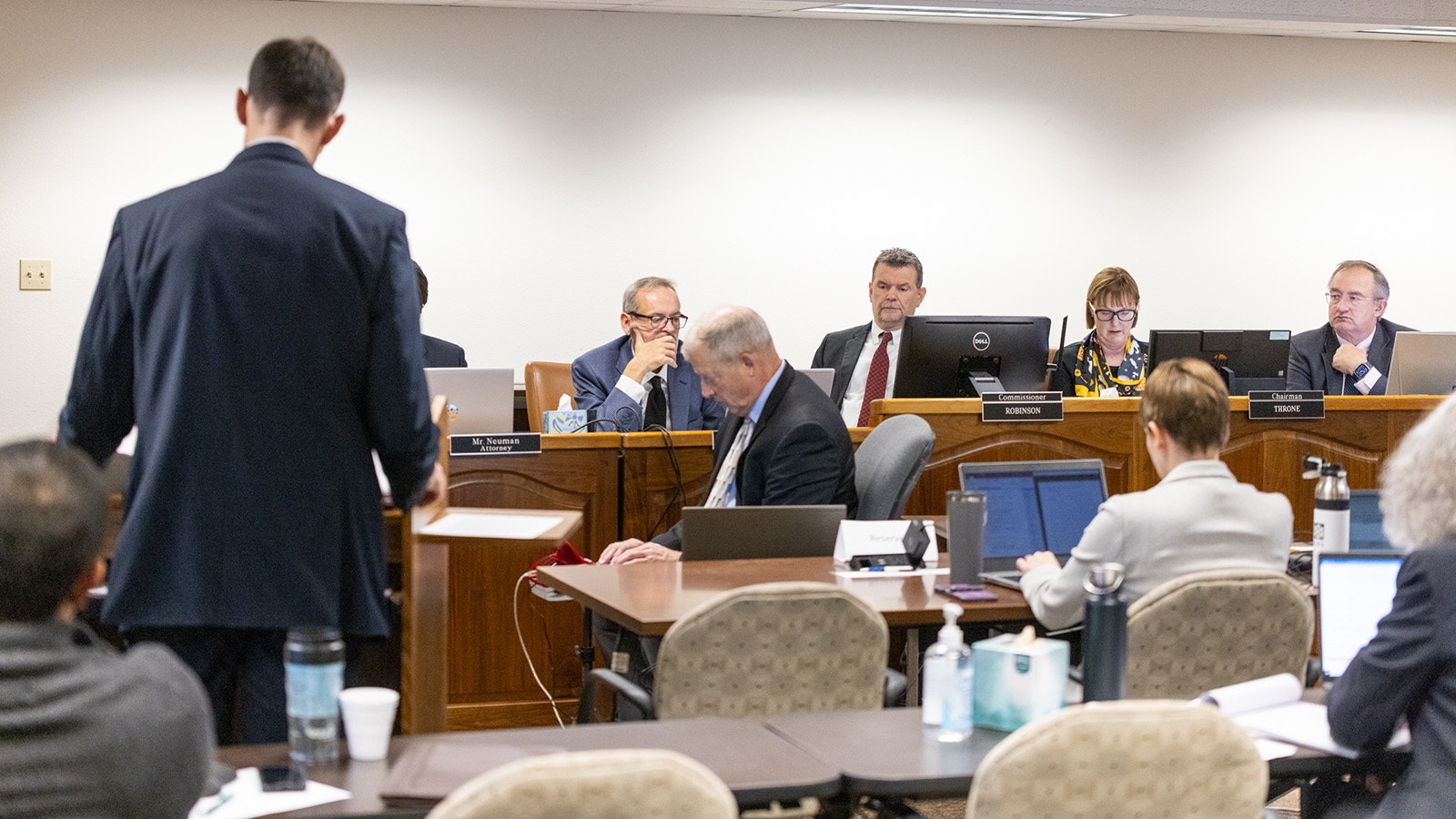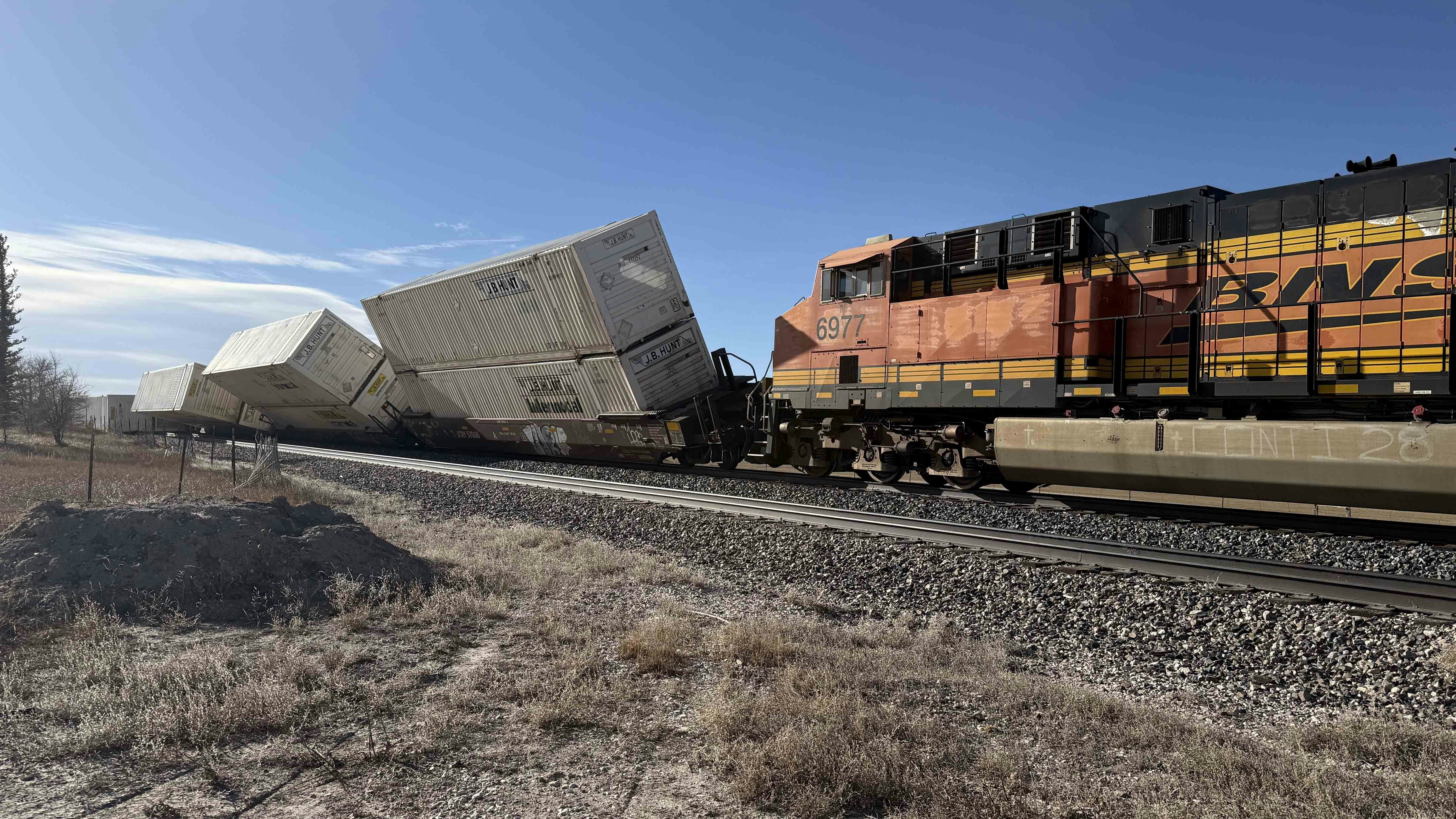The official numbers have been crunched at long last, and there is now a definitive answer to how much more Rocky Mountain Power rates will be for at least the first part of its two-part rate increase requests.
According to an email from the Wyoming Public Service Commission to Cowboy State Daily, decisions made in the case have resulted in an 8.3% rate hike instead of the requested 21.9%.
That is far less than the half that media had earlier reported, relying on calculations from unnamed sources.
The 8.3% rate increase will mean $53.9 million for Rocky Mountain Power, versus $137 million, according to the email. It’s an overall average increase over current rates, which goes into effect Jan. 1.
Rocky Mountain Power officials confirmed the figures sent to Cowboy State Daily are correct.
“Our request was based on sound effective evidence submitted of the prudent actions taken to provide service to Wyoming customers,” Rocky Mountain Power spokesman David Eskelsen told Cowboy State Daily. “We’ll review the commission’s final written order, then determine our next steps.”
The decrease was the result of 25 pages of decisions the Wyoming Public Service Commission made after a complicated rate case that included seven days of testimony from 29 witnesses, 400-some exhibits and more than 5,000 comments from an irate public.
What that rate increase is going to mean on an average consumer’s bill will be part of the PSC’s final written order, once it has been filed. That is due no later than Dec. 29, after which the rates will be effective on Jan. 1.
The Two-Part Rate Increase Continues
The 21.9% rate increase Rocky Mountain Power had sought was just part one of a two-part rate increase request.
It’s what is known as a general rate case, which happens every two or three years.
In a general rate case, the company goes before the Public Service Commission to make its case that things have changed in the energy market and base rates need to increase so that the company can keep pace and continue to provide reliable power.
The second part of Rocky Mountain’s rate increase request is for a 7.6% energy adjustment, which seeks to “true up” estimated energy costs with what actually happened out in the real world.
Wyoming Public Service Commissioners will take that up next, on Dec. 19.
Together, the two rate increases amounted to an almost a 30% hike. That led to outrage from the general public and drew five intervenors to the case, some of whom went so far as to run their own figures through Rocky Mountain’s Aurora model, in a successful effort to cast doubt on Rocky Mountain’s contention that its new base rate should rise by almost 22%.
A Door Is Still Open
While Wyoming consumers may be breathing a sigh of relief that the commission has not approved a 21.9% increase, it may be too soon to relax.
The Wyoming Public Service Commission is bound by law to ensure rates are just and reasonable, but, as an integral part of that, it cannot really reject any “prudently incurred” costs either.
That gives Rocky Mountain Power options in the future, something that Wyoming Public Service Commission Chair Mary Throne pointed out during the commission’s deliberations.
While commissioners weren’t convinced by the company’s energy software models, known as Aurora, Throne said the company could still file future requests for adjustments on any of the decisions the commission has made in the case, if it can definitively prove the commission made a mistake.
Affordability Was The Key Word
While renewables were a big bone of contention during the case, affordability was the biggest issue throughout the seven-day rate case hearing, with people from all walks of life telling the Wyoming Public Service Commission they could not afford such a drastic rate increase all at once.
Wyoming AARP Director Sam Shumway told Wyoming Public Service Commissioners that everyone in Wyoming is already dealing with hyperinflation, and a 30% rate increase at such a time would only feed a vicious upward cycle.
“Folks are dealing with how they’re going to pay for increases in gas prices, in the cost of health care, in the cost of medicine, in the cost of groceries, in the cost of property taxes, and are now being faced with a 30% increase in their power bills,” he said at the time. “And maybe more than that, depending on how this impacts businesses, who are going to have to pass that increase on to the consumer.”
Petroleum Association of Wyoming President Pete Obermueller, meanwhile, talked about how the rate increase would clobber Wyoming’s oil and gas production.
As much as one-third of Wyoming’s oil production are small mom and pop producers, he told commissioners. While their production might be 2% or less individually, they number almost 400 companies, making their collective contribution to state tax revenues quite significant.
Even students got in on the act, with University of Wyoming’s Maggie Immen turning up in an eagle costume.
She had wanted to make a point about eagles and wind towers, but her main talking point was how the rate increase would wallop students like herself and make Wyoming less attractive to college students already struggling to get by.
“I have spoken to small business owners as well,” Immen said, “and they’re at a point where they can barely afford it as well. What happens when small businesses can’t afford it? What happens when electric bills and the cost of living become so high that people aren’t coming to Wyoming for college any more or the fact that it’s a more affordable life?”
Wyoming Industrial Energy Customers, meanwhile, had advocated for a much tighter $14.9 million increase, while Wyoming Office of Consumer Advocate had calculated a $60 million per annum increase, roughly 10% a year, as fair and reasonable. Both companies used Rocky Mountain Power’s Aurora model to craft their own recommendations for the rate increase.
With 8.3% , Wyoming Public Service Commissioners seem to have landed on a middle ground between those two organizations.
Renée Jean can be reached at renee@cowboystatedaily.com.





